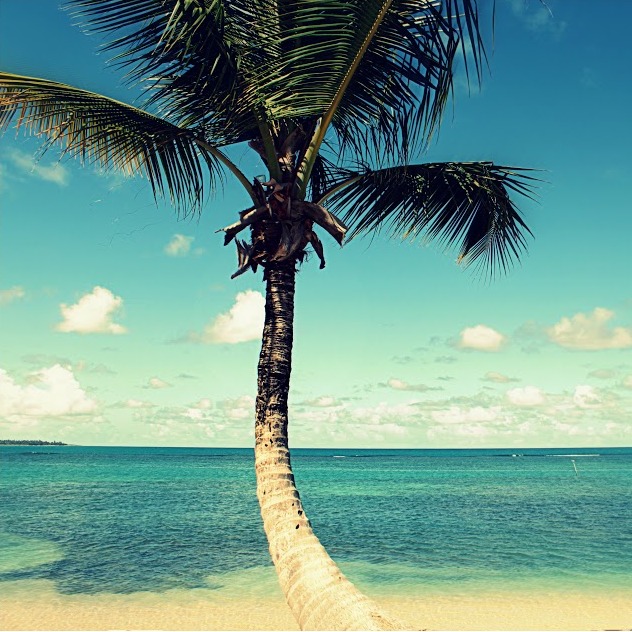 Beach closures are usually the result of water quality tests that indicate bacterial contamination. Generally, the bacteria come from sewer overflows, stormwater runoff, boating and animal waste, and leaking septic systems. Several online tools are available to help beachgoers stay safe this summer.
Beach closures are usually the result of water quality tests that indicate bacterial contamination. Generally, the bacteria come from sewer overflows, stormwater runoff, boating and animal waste, and leaking septic systems. Several online tools are available to help beachgoers stay safe this summer.
On May 20, the Waterkeeper Alliance launched an online tool and mobile app called the Swim Guide. With government data from nearly 5000 beaches, the app lets beachgoers across the U.S. and Canada determine if a beach is safe for swimming. The app has other features, including a pollution-reporting tool and the ability to share information through social networks.
For more on beach advisories, also check out the U.S. Environmental Protection Agency’s Beach Advisory and Closing On-line Notification (BEACON) system. BEACON gives the user access to data for 6000 U.S. beaches provided by states, territories, and tribes.
At the end of May, Heal the Bay also released its 2013 beach report card for California beaches. Of the 445 monitored beaches, 93% received grades of A and B. Also check out Heal the Bay’s interactive map of beach grades, closures, and rain alerts.



